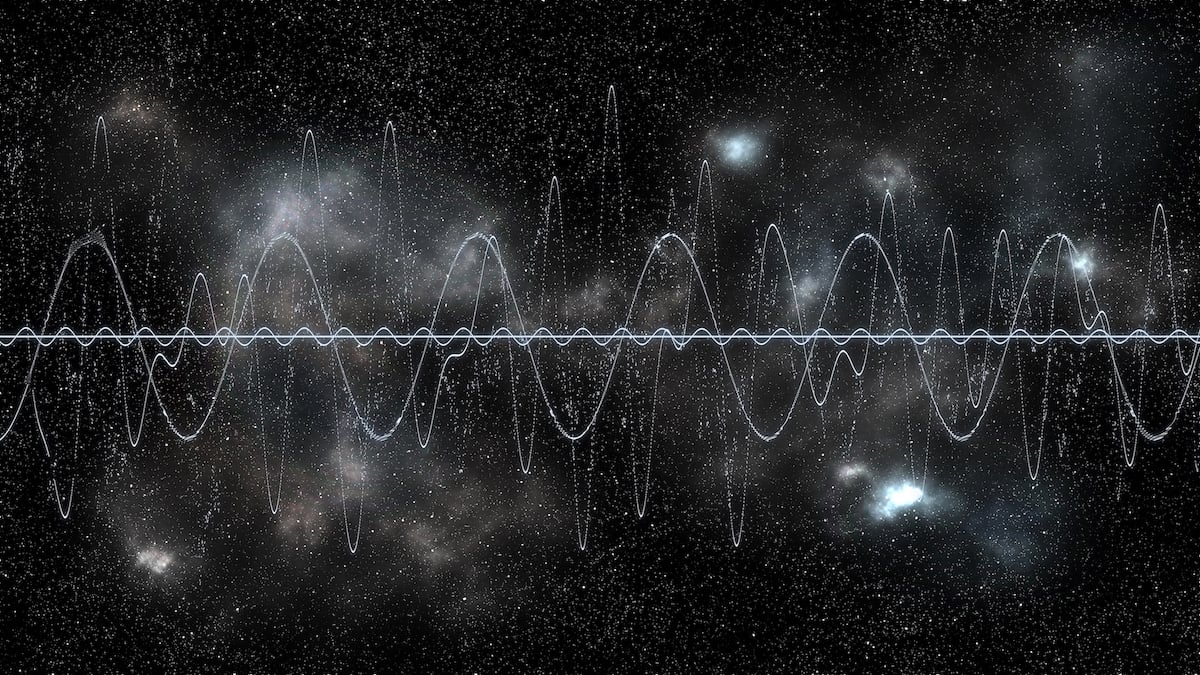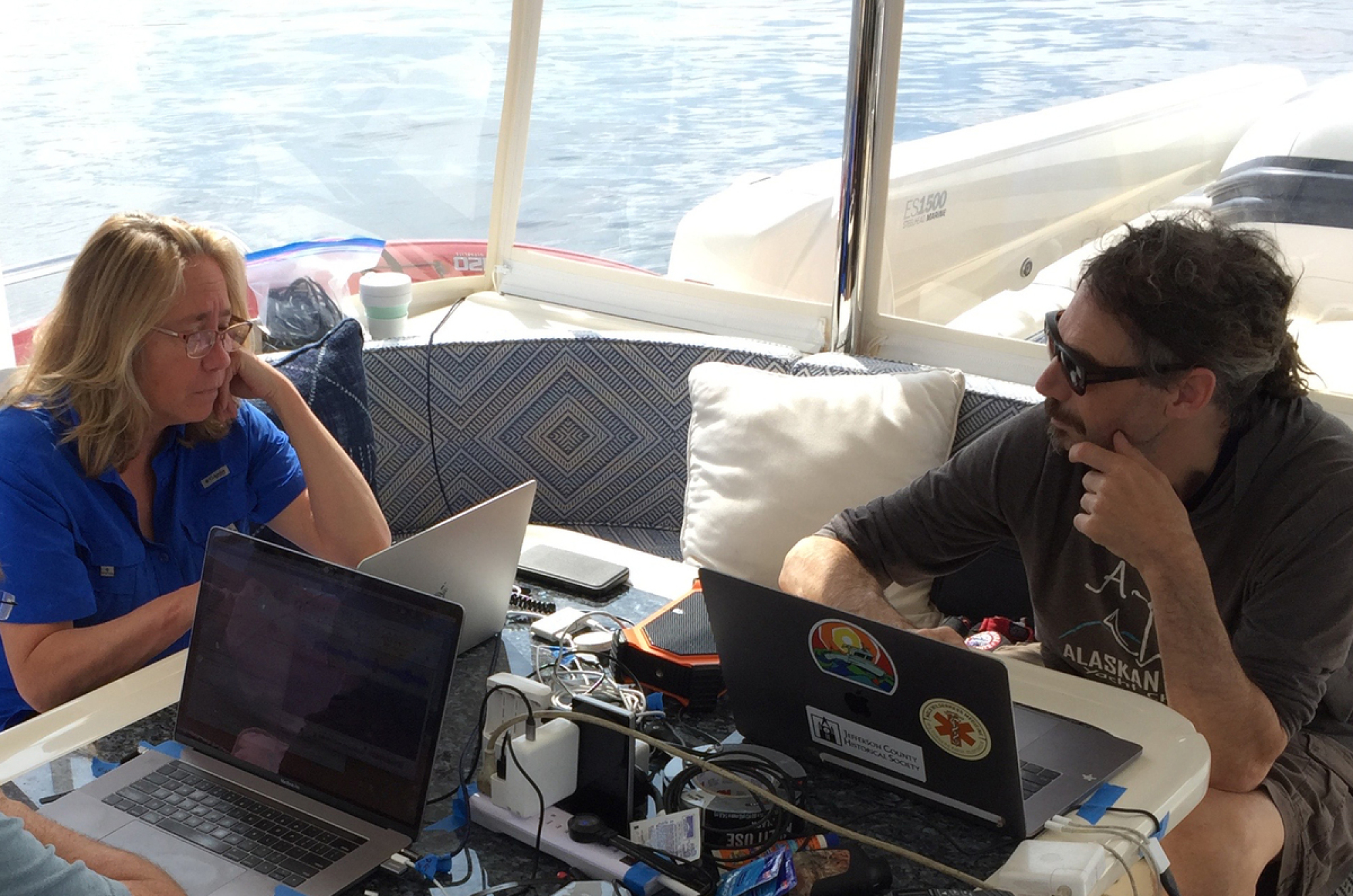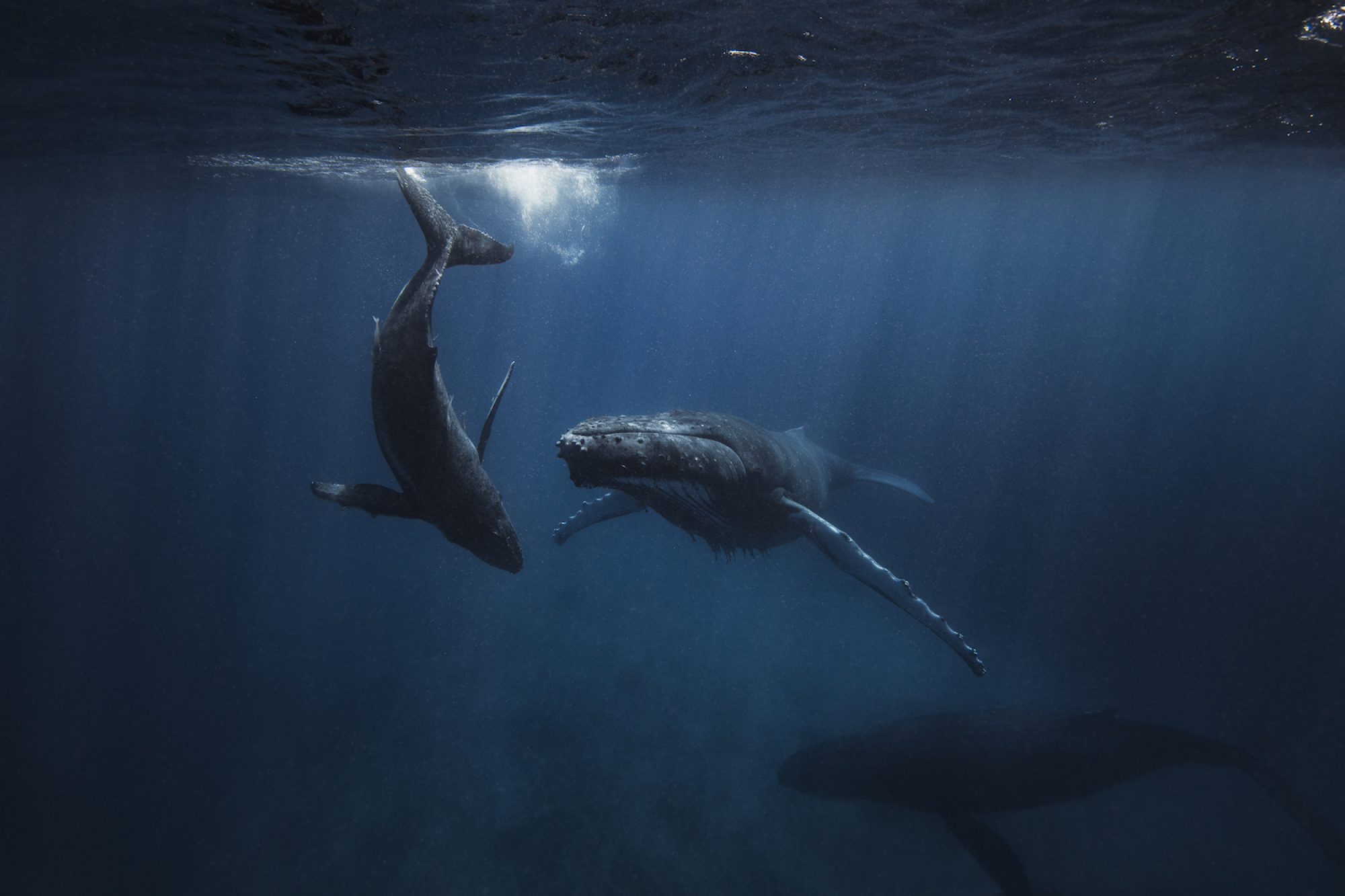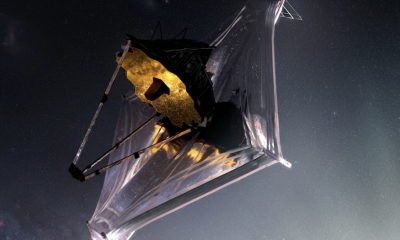Entertainment
Scientists say they conversed with a whale. It may be practice for aliens.

Scientists searching for life outside our planet say they’ve finally made contact – with a humpback whale.
Researchers from the University of California, Davis, the SETI (Search for Extraterrestrial Intelligence) Institute, and the Alaska Whale Foundation reported in a new study that they had a 20-minute “conversation” with a humpback whale named Twain. The study, published in the journal Peer J Life and Environment, details how the researchers recorded and played back a whale call to Twain, who responded to almost every call with her own of the same type. The scientists say that although this study is very preliminary, it could provide a starting point for future attempts to communicate with other intelligent species, both on Earth and potentially beyond it.
“It gives us insight in what we might need to do in order to replicate something like this with other animals, other individuals of this population or other populations, or other species for that matter,” Brenda McCowan, a professor at the University of California, Davis in the School of Veterinary Medicine and lead author of the study, told Mashable.

Researchers Brenda McCowan and Fred Sharpe working aboard a vessel.
Credit: Jodi Frediani
Communicating with a whale
The researchers recorded the call used to engage Twain in “conversation” when they ran into a group of nine humpback whales near their research boat in Alaska. One of the whales was later identified as Twain, a 38-year-old female whale who’d been identified by previous researchers. (The team obtained a permit from the National Oceanic and Atmospheric Administration to conduct this latest whale communication study in a minimally invasive way.)
The scientists recorded the calls with members of the crew of their vessel, the Glacier Seal, along with James Crutchfield, a professor of physics at the University of California, Davis. (Crutchfield co-authored a separate study on the encounter with Twain, which was not written by the other members of the team and focuses on different methods of analyzing the interaction. It has not been published in a scientific journal.)
The team recorded a high-quality call made by one of the whales called a “whup” or “throp,” which researchers think is a “contact call” used between mother and calves to help them locate each other, and is generally used by whales when feeding, as well as in many other contexts. Whales use their “songs” to attract a mate, but non-song calls such as the “whup” seem to be used socially.

A humpback whale and her calf swimming underwater. (These whales weren’t involved in the study.)
Credit: Philip Thurston / Getty Images
“There appears to be this set of probably about 15 to 20, maybe 25, core social sounds,” Fred Sharpe, a principal investigator and biologist at the Alaska Whale Foundation and one of the authors of the study, told Mashable.
Mashable Light Speed
After recording the whale calls, the very next day the team spotted Twain on her own near their boat. Using underwater speakers, they played back the recording of the “whup” call, and after the first few calls, she started responding with a “whup” of her own. During the interaction, the researchers varied the time between the calls. Analysis showed that Twain sometimes matched the changes, particularly towards the beginning of the interaction. She also produced a few calls after the researchers stopped playing their recorded “whup” before eventually swimming away.
Communicating with extraterrestrial life
Though the study only documents one interaction, the researchers say it is the first such interspecies interaction of its kind, where a whale seemed to make a prolonged effort to vocally communicate with humans (or at least, not with other whales). Previous research has also detected whale responses to playbacks of “whup” calls, but the researchers say it wasn’t as focused on detecting two way communication. Twain’s willingness to communicate with the team is also an encouraging sign for the SETI Institute’s mission, which seeks to detect communications from deep space.
“We’re banking on advanced civilization [being] curious and wanting to reach out, and either respond to us or send messages of their own,” said Sharpe.
The universe teems with planets. NASA suspects our Milky Way galaxy alone may host over 1 trillion planets And there may be some 2 trillion galaxies in the cosmos. Indeed, relatively few of these planets might support conditions for life, primitive or intelligent; but even the nearby TRAPPIST solar system, with its seven Earth-sized planets, could host habitable conditions. Statistically speaking, SETI suspects intelligent life might be out there.
“We’re banking on advanced civilization [being] curious and wanting to reach out, and either respond to us or send messages of their own.”
The complexity of whale language
Though the human-whale interaction included only one type of call, the study shows how complex whale communication may be, Judith Denkinger, a professor of marine ecology at the Universidad San Francisco de Quito in Ecuador. While there is a lot of research on whale song, there is less on social, non-song calls, Denkinger, who was not involved in the research, explained.
“This is probably one step forward into social communication of baleen whales,” she said, referring to the broader group of whales without teeth that include humpbacks.
Tweet may have been deleted
Along with recording a single encounter with one whale, the research was limited to only changing the timing of the intervals between recorded calls, not playing different types of calls, or changing elements like pitch. The researchers also don’t know why Twain kept responding to their calls. Because she was part of the group the researchers recorded, it could be that she responded to the sound of a call from a whale she knew. She may even have recognized the sound of her own call, a finding which Crutchfield’s study supports, though it isn’t conclusive.
Future playback studies like this might use multiple types of calls or change the calls in more ways. Other research could examine non-vocal methods of communication. The team said they have a study under review on how “bubble rings” the whales create to herd fish might also serve as a non-vocal method of communication with humans. Still, they view this study as a good first step in examining interspecies communication.
“We recognize that this is very preliminary,” said McCowan, the study’s lead author. But, she said, “it’s very encouraging.”
-

 Entertainment7 days ago
Entertainment7 days agoWebb telescope just snapped image of huge black hole gobbling material
-

 Entertainment6 days ago
Entertainment6 days agoD23 2024: Everything announced and shown at this year’s fan event
-

 Entertainment6 days ago
Entertainment6 days ago‘Marvel Rivals’ is a fun, but forgettable ‘Overwatch’ ripoff
-

 Entertainment5 days ago
Entertainment5 days agoI’ve reviewed over 59 laptops and this is the greatest Windows laptop of 2024
-

 Entertainment5 days ago
Entertainment5 days agoSam Soar on TikTok, activism, and getting free books
-

 Entertainment5 days ago
Entertainment5 days ago‘It Ends With Us’ drama, explained: Are Blake Lively and Justin Baldoni feuding?
-

 Entertainment4 days ago
Entertainment4 days agoDepression app Rejoyn tries to improve brain functioning
-

 Entertainment3 days ago
Entertainment3 days agoGoogle Pixel 9 Pro vs. Pixel 9 Pro XL






















